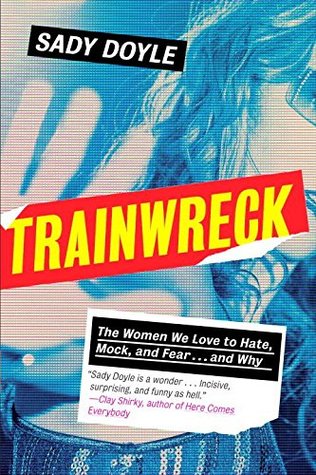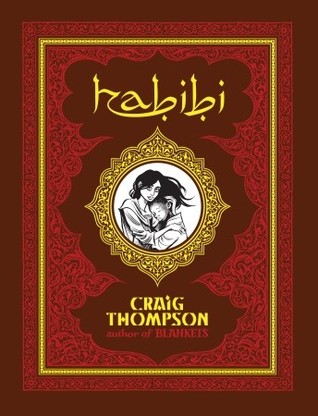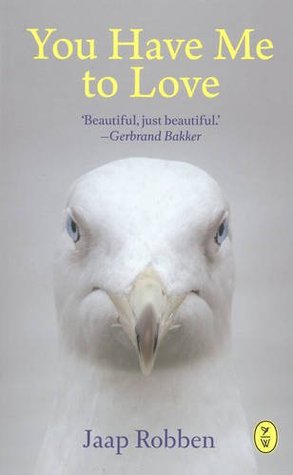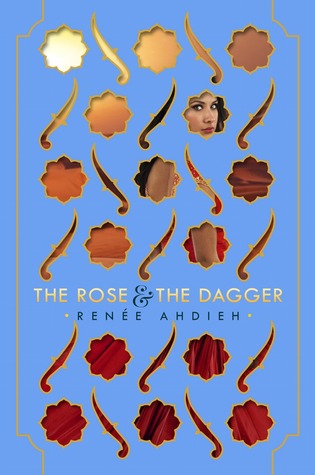Trainwreck: The Women We Love to Hate, Mock, and Fear...and Why is a very up-to-date look at tabloid culture (or since we don't really buy tabloids anymore... internet culture), how it is enabled, and why it even exists. Why do people care so much about people they don't even know, right?
Doyle shows, using conversational blog-type language and mountains of primary source material (complete with citations in the back), that fabricating a trainwreck narrative out of women in the public eye is nothing new, and has existed for centuries. It comes primarily from women, actually, and our internalized patriarchal standard that, "The good girl, the un-trainwreck, is feminine selflessness, taken to its most literal extreme; there is no self, no there, except as a reflection of someone else's wishes. She never makes mistakes, and she never has regrets, because she never does anything unless she is asked to do it. She is so entirely cleansed of neediness, irrationality, and inner conflict that the average woman cannot imitate her even in silence...The ideal woman has a silence that arises form never wanting to speak about anything at all." The trainwreck is a woman who we can project our shame and blame on to (If Britney wasn't such a sexualized teen, teen girls wouldn't be sexualized), or to pat ourselves on the back (I may not be rich, but at least there are no photos of me in my underwear on the internet), or to backup our beliefs that the patriarchy is right (See? You can't go around acting/being that way for long before you're put back in your place), to take joy in perceived social justice (Paris Hilton never had a hard day in her life, so it's good she's finally having a reality check), or maybe even our own schadenfreude.
Of course, many of our favorite trainwrecks really are mentally ill, or substance addicts... but in those cases, just ask: would you go along with the harassment, invasion of privacy, and millions of simply awful comments about someone's looks/personality/behavior/habits/emotions/personal life if this person was suffering from cancer instead of mental illness? I would hope not. (But that reminds me... the internet sure had a field day when Angelina Jolie had pre-emptive surgery, didn't it?)
Trainwreck culture reaches beyond celebrities to find much easier victims: everyday people who don't have the luxury of canceling work or school because of "exhaustion", who don't have a PR team to create a comeback tour, etc. Online bullying and harassment is a real thing that children and adults alike face on a daily basis. Speaking in public about anything, and on the internet everything is in public, is an invitation to get beat back into silence.
The point of the book is this: We are enabling a fictional narrative to dominate our minds, bodies, and culture—the lie that there are "good women" and "bad women" and that all of us are either one or the other, when in fact we are all humans who make good decisions and bad decisions, who do holy things and sinful things... even the privileged, air-brushed celebrities. "Women are not symbols of superhuman virtue. Women are not symbols of all that is disgusting and corrupt. Women, it turns out, are not symbols of anything, other than themselves."
I really enjoyed reading this book. It would be great reading material for older teens, and could be used in the sociology, psychology, gender studies, or journalism classrooms, or for extra-curricular clubs. It would be easy to create discussion material and project ideas from the chapters.
Got any more good books about feminism to recommend to me?
Doyle shows, using conversational blog-type language and mountains of primary source material (complete with citations in the back), that fabricating a trainwreck narrative out of women in the public eye is nothing new, and has existed for centuries. It comes primarily from women, actually, and our internalized patriarchal standard that, "The good girl, the un-trainwreck, is feminine selflessness, taken to its most literal extreme; there is no self, no there, except as a reflection of someone else's wishes. She never makes mistakes, and she never has regrets, because she never does anything unless she is asked to do it. She is so entirely cleansed of neediness, irrationality, and inner conflict that the average woman cannot imitate her even in silence...The ideal woman has a silence that arises form never wanting to speak about anything at all." The trainwreck is a woman who we can project our shame and blame on to (If Britney wasn't such a sexualized teen, teen girls wouldn't be sexualized), or to pat ourselves on the back (I may not be rich, but at least there are no photos of me in my underwear on the internet), or to backup our beliefs that the patriarchy is right (See? You can't go around acting/being that way for long before you're put back in your place), to take joy in perceived social justice (Paris Hilton never had a hard day in her life, so it's good she's finally having a reality check), or maybe even our own schadenfreude.
Of course, many of our favorite trainwrecks really are mentally ill, or substance addicts... but in those cases, just ask: would you go along with the harassment, invasion of privacy, and millions of simply awful comments about someone's looks/personality/behavior/habits/emotions/personal life if this person was suffering from cancer instead of mental illness? I would hope not. (But that reminds me... the internet sure had a field day when Angelina Jolie had pre-emptive surgery, didn't it?)
Trainwreck culture reaches beyond celebrities to find much easier victims: everyday people who don't have the luxury of canceling work or school because of "exhaustion", who don't have a PR team to create a comeback tour, etc. Online bullying and harassment is a real thing that children and adults alike face on a daily basis. Speaking in public about anything, and on the internet everything is in public, is an invitation to get beat back into silence.
The point of the book is this: We are enabling a fictional narrative to dominate our minds, bodies, and culture—the lie that there are "good women" and "bad women" and that all of us are either one or the other, when in fact we are all humans who make good decisions and bad decisions, who do holy things and sinful things... even the privileged, air-brushed celebrities. "Women are not symbols of superhuman virtue. Women are not symbols of all that is disgusting and corrupt. Women, it turns out, are not symbols of anything, other than themselves."
I really enjoyed reading this book. It would be great reading material for older teens, and could be used in the sociology, psychology, gender studies, or journalism classrooms, or for extra-curricular clubs. It would be easy to create discussion material and project ideas from the chapters.
Got any more good books about feminism to recommend to me?








